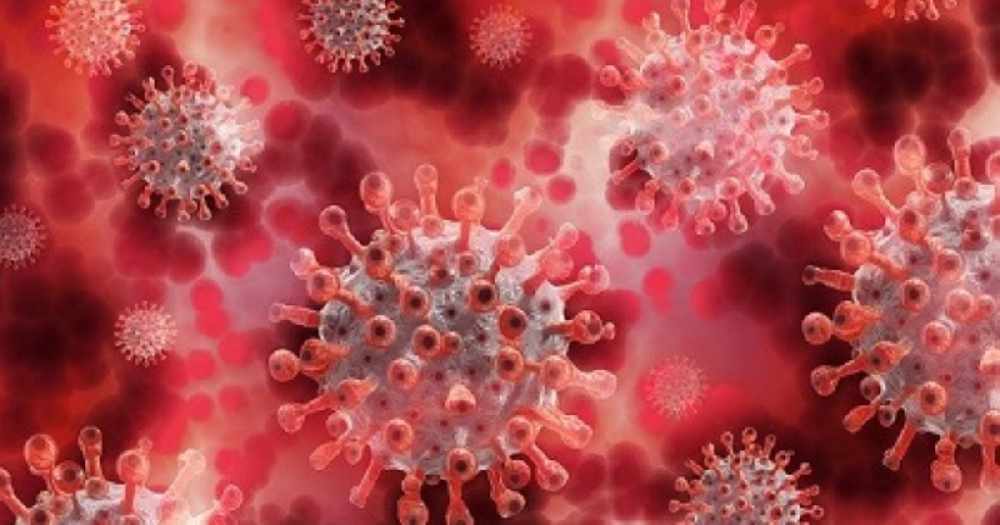
A new project led by St Andrews University will aim to bring the use of an ultraviolet light - to kill airborne viruses like the one that causes Covid-19 - closer to reality.
If successful, this new type of light could be safely used to significantly reduce the risk of person-to-person indoor transmission of the virus, as well as other diseases like the flu.
Research, carried out jointly with NHS Tayside and Dundee University, has already found that the particular type of ultraviolet light known as Far-UVC could be safely used to disinfect air in public places.
Now two new awards from the UK Government’s Department of Health and Social Care will allow two studies to bring the technology closer to implementation.
The first grant of £160,000 will allow skin safety studies with volunteers to be carried out in clinical trials at Ninewells Hospital in Dundee while the second award of £136,000 will allow virologists from the Biomedical Sciences Research Complex at St Andrews to conduct studies at a bioaerosol facility at Leeds University.
The bioaerosol study will assess the effectiveness of Far-UVC light by releasing bacteria and viruses in a room-sized area and then testing the level of viral reduction.
Computer simulations run at St Andrews and Fluid Gravity Engineering will also examine airflow, viral spread and Far-UVC inactivation of viruses through numerical modelling.
Lord Bethell, health minister at the UK Department of Health and Social Care, said: "I am delighted that we are funding this trailblazing study by the University of St Andrews.
"This could give us a brand new weapon in our fight against Covid-19, harnessing the unique power of ultraviolet light to help eliminate the risk posed by this dreadful virus.
"The UK’s approach to this global pandemic has been defined by an extraordinary ability to innovate and find new ways to tackle this disease. Government-backed studies like this will help us not only turn the tables on this coronavirus but improve our long-term preparedness for the diseases of the future."
The use of ultraviolet-C (UVC) light is already well established as a technology for the inactivation of viruses and both conventional UVC and Far-UVC light are already known to be effective at inactivating viruses like SARS-CoV-2 - the virus responsible for the Covid-19 pandemi - on surfaces and in air.
However, conventional UVC light can cause acute skin reddening and eye damage, limiting its use in occupied spaces. By contrast, when appropriately used, Far-UVC does not appear to produce the same negative effects, and existing studies show it is likely to be safe to use in occupied indoor places.
Dr Kenneth Wood, of the School of Physics and Astronomy at St Andrews University, said:"“We know that Far-UVC light efficiently destroys viruses and bacteria in laboratory experiments. Scaling this up to room-sized environments in the Leeds facility will allow real-world testing of this new and very promising technology.”
Dr Louise Fletcher, an expert in environmental microbiology at Leeds University, said: "The bioaerosol facility is a sealed chamber the size of a single-occupancy hospital room where we can securely test the effectiveness of Far-UVC light.
"We can mimic airflow to represent different types of building ventilation and environmental conditions. Importantly, the results will tell us how effective Far-UVC may be in a real-world situation.
"Although the test will involve a live virus, it will not be the virus that causes Covid-19."
Dr Ewan Eadie of Ninewells hospital said: "Far-UVC light has the potential to revolutionise the fight against airborne transmission of not just SARS-CoV-2 and its mutant variants, but all airborne viruses including seasonal influenza. However, there are a lack of human safety data and an urgent need for more safety information on this deployed technology, which our clinical trial will address."
The new clinical trials will allow the research to investigate changes in the skin to both acute high-dose Far-UVC exposure and to repeated lower dose exposures.
Professor David Brenner of Columbia University, whose team first developed the Far-UVC concept, said: “There is great potential for Far-UVC light to help get our lives back to normal and also protect against the transmission of diseases such as influenza, as well as future airborne pandemics."
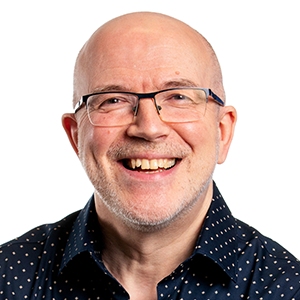
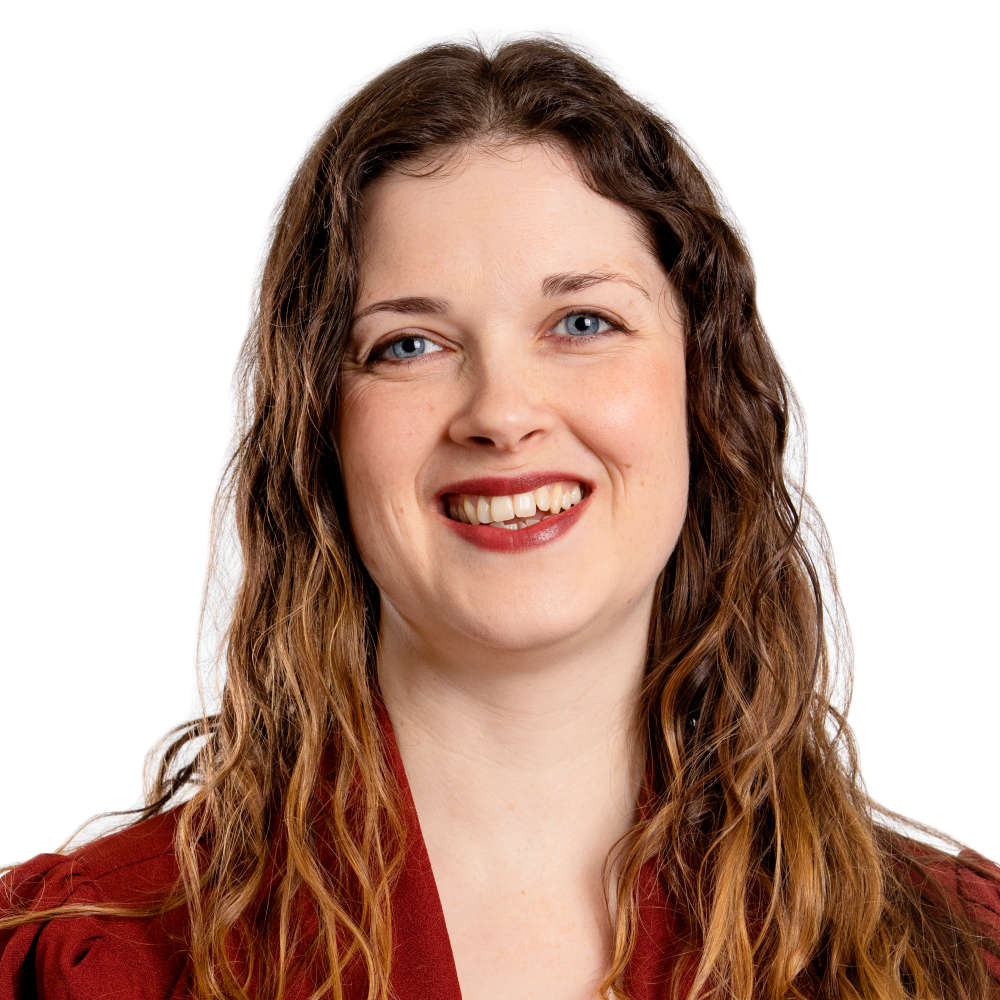
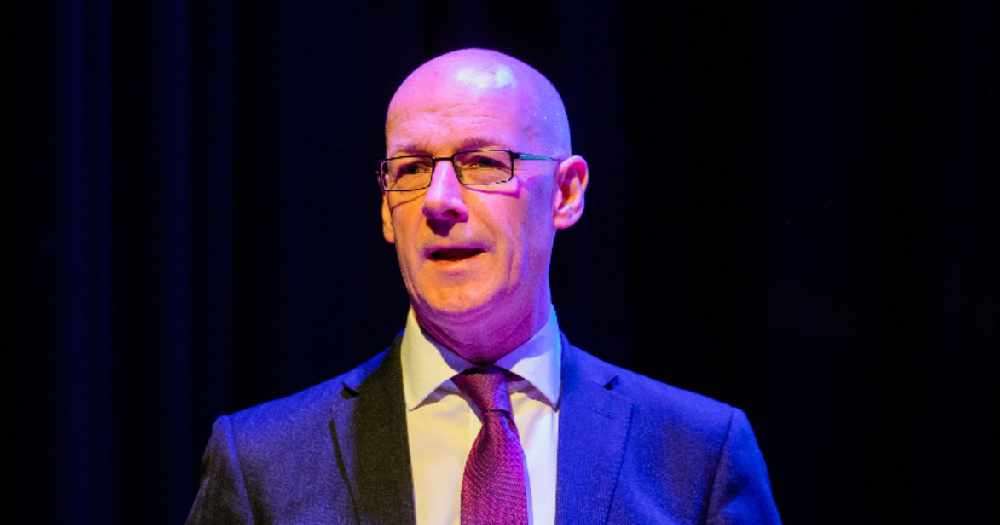 John Swinney announces SNP leadership bid
John Swinney announces SNP leadership bid
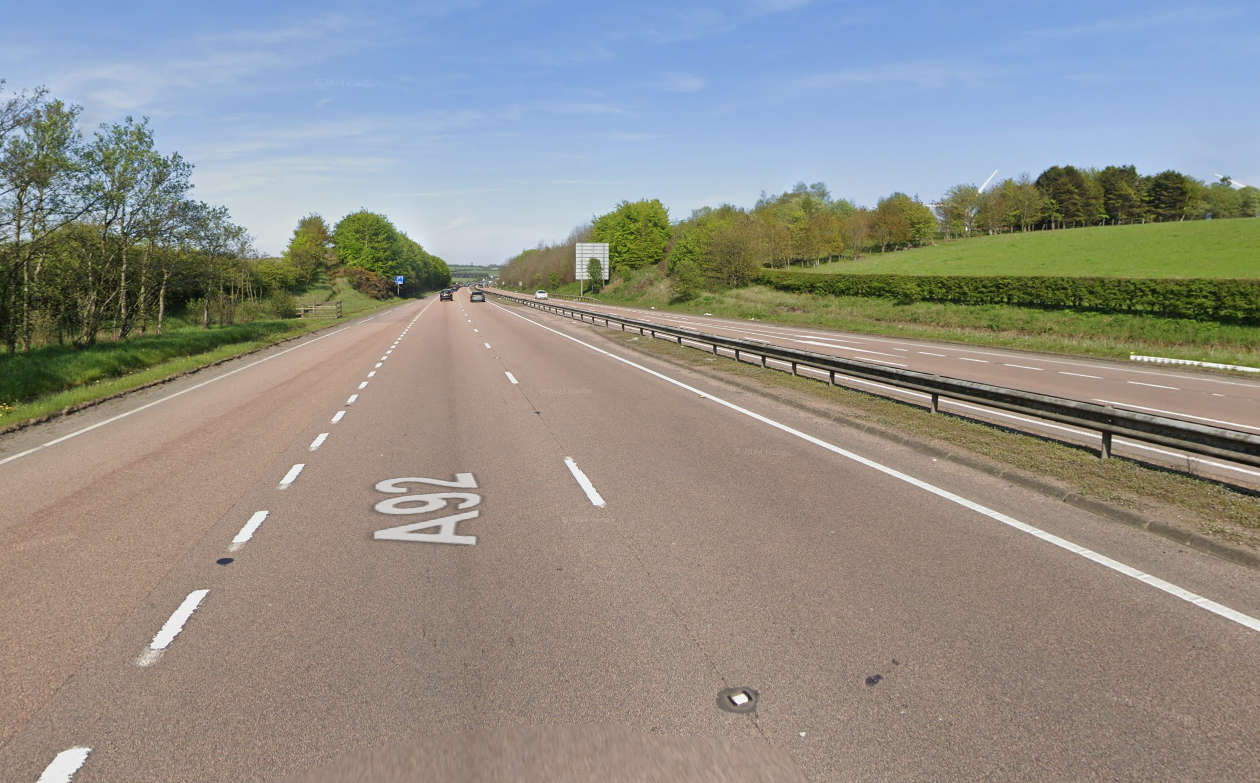 Closures on A92 from TONIGHT for roadworks
Closures on A92 from TONIGHT for roadworks
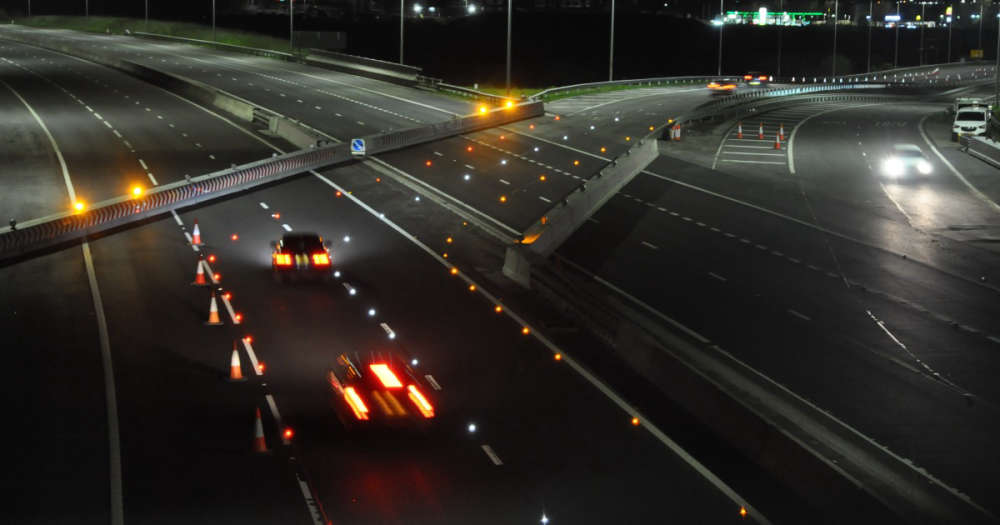 Queensferry Crossing diversion trial a success
Queensferry Crossing diversion trial a success
 13°C
13°C
 13°C
13°C
 14°C
14°C